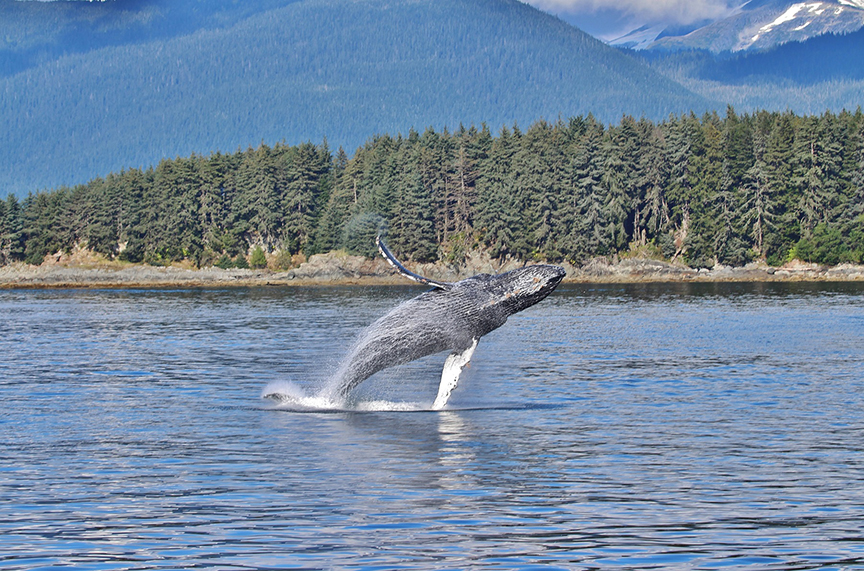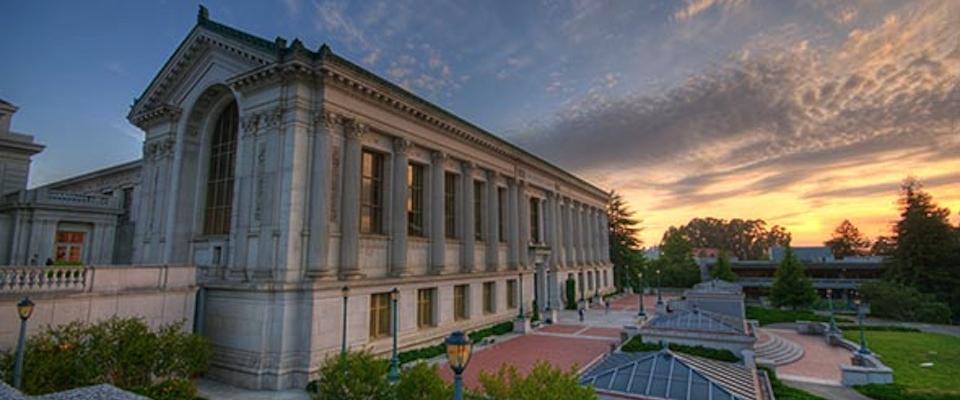What’s the upside of being old?
“I can only quote what George Burns answered when someone asked him what was the best thing about being 95,” said Troy Duster, a comparative youngster at only 80: “No peer pressure.” Duster, UC Berkeley emeritus professor in sociology and former President of the American Sociological Association, is one of a dozen seniors being profiled in a new photographic exhibition at UC Berkeley’s Doe Library titled “Reframing Aging,” which, true to its name, mirrors changing attitudes about growing old.
“I’m so thrilled it will be at Doe,” said the photographer, Nancy Rubin ’67. “I thought it would be in some small library, but to find out it was going to be where I used to study…The exhibit is right around the corner from the Morrison Room.”
Like many of her subjects, the 71-year-old Rubin, a former teacher at Berkeley High, has reinvented herself in retirement.

“Five years ago I reconnected with a friend from high school, and I sent her some photos I had shot with my cell phone. She said, ‘The quality of your photos is too good. You should be using a better camera. I happen to have one, and I’ll send it to you.’ And she gave me her old camera, a single lens reflex. Within a short period of time I met someone who connected me with the Berkeley Camera Club, and that started opening up doors. I started taking photos and have been passionate about it ever since.”
Among her photo projects: Cal’s wilderness camp, The Lair of the Bear, where she still stays at the Camp Gold cabin that her family has used since 1952; Berkeley Animal Services, where she shoots photos of homeless dogs to make them more attractive to potential adopters; and, most recently, Ashby Village, a virtual community with more than 400 members that helps seniors lead independent lives in their own homes for as long as possible.
“The exhibit grew out of that,” she said. “Talking with these people kept changing my view of aging. They were so vital, so involved with their communities and, for some, with their art. I narrowed it down to 12 people and shot their pictures while my colleague, Cynthia Bix, interviewed them. We thought each session would be about 45 minutes at most, but without exception they stretched out to an hour and a half or two hours.”
Many of her subjects have had second acts after retirement, but not all. Ninety-three-year-old Jeanne Bamberger, M.A. 1951, a concert pianist who studied with the legendary Arthur Schnabel, is still doing what she’s always done: exploring the connection between cognition and performance, which some deny exists.
“People say there’s no intelligence involved in performing; you just do it. But there is,” she says. “I was teaching beginning music theory at USC when I decided that the way we teach it is all wrong because I had people in my class who were wonderful performers but couldn’t do the music theory stuff. I asked myself, ”What is it that we know what to do as performers that isn’t being touched?’ We begin music instruction by teaching notes, but we don’t actually listen to notes. What we actually listen to are little musical phrases that move from one point to the next.”
She wrote her first book on the subject, The Art of Listening, at age 44, her second, The Mind Behind The Musical Ear, at 66, her third, Developing Musical Intuitions, at 75, and her fourth, Discovering The Musical Mind: A View of Creativity as Learning, at 88. A fifth book is due out next year.
So does she feel old?
“I’ve been recognizing I’m old in the last month or so because people are offering me seats on the bus and letting me go ahead in line. It’s very difficult not to because they insist.”
Any complaints about aging?
“Being ignored in a group, like a bunch of relatives I was with last weekend where I ended up silent in the corner. It was very unpleasant.”
And the upside?
“Being able to do whatever I want whenever I want.”
Troy Duster has also found retirement to be mostly business as usual.

“There’s an extraordinary continuity in your life as an academic,” he said. “I don’t experience what I have been doing recently as anything different. I’m spending a lot of time reading the intellectual offerings of younger people who are up for promotion or tenure. All the things I was doing before I retired, I am still called upon to do.”
But he says there’s a big “If”: You have to have the resources.
“Most people don’t have the material security, the networks, the connections and so forth. But if you have all those things together, then I think aging can be a very positive thing. You care less about peer affirmation and more about what’s really important in your life. That’s why some people, and I am one of them, become curmudgeons. Of course, it’s a double-edged sword, and you begin to lose some social skills or networks because of that.”
But he also finds a downside to aging: Accepting the change in your body.
“You can’t hold on any longer to this view of yourself that you had when you were 20 or 30 or even 50,” he says. “Some people keep acting as if they were 27. They have a hard time fitting themselves into the appropriate version of who they have become. For men, if we play games like basketball or tennis, we’re surprised when we get older and the moves we used to make are not makeable. But I think it’s much more difficult for women. They’ve spent their whole lives being defined by their looks; we haven’t. We have been able to find other ways to work things out, even if we’re as ugly as Harvey Weinstein.”
On the other hand, retirement has freed up time to go back to something he’s always loved but had to put on the shelf for years because he was too busy—ceramics.
“I have a wheel in the back of the house and a kiln in the backyard. I used to work a lot in stoneware, but something has pushed me toward porcelain the last few years. It’s a much harder medium, especially for throwing. With stoneware you have enough grit in the mixture so can make something thin and it will still stand.”

Rarely mentioned but never forgotten in any discussion of old age is the elephant in the room: coming to terms with one’s mortality. Former UC Berkeley Vice Chancellor Russ Ellis says the prospect of his own death doesn’t carry any fear for him, which he attributes to an experience he had with peyote in the late sixties.
“A friend of mine and I chewed on a couple of buds, and I got terribly nauseous. I lay down on my bed, and the ceiling came alive, moving in a coherent swirl. What it did to me was show the necessary and inevitable link between life and death, and it was absolutely convincing. You can’t have one without the other. And I’ve been okay with death since then. So I was always more preoccupied with the happy prospect of retiring than I was with the prospect of death.”
Unfortunately, he recently had a major health problem that forced him to put his post-retirement plans on hold—but not permanently. “The bad news is that it took me away from art. I stopped going to my painting class. I lost momentum. But I’m better now. I’m back. The good news is that it’s simplified my life.”
For Rubin, this project has led her to a greater understanding of her own attitudes about aging and a greater acceptance of it.
“The people in the exhibit taught me to own being old,” she said. “We’re old! What’s wrong with that? We have a sense of wisdom from what we’ve learned. I’m not saying it’s all easy, but I feel incredibly grateful that I have the health and free time to travel and do photography. I like the term ‘owning old.’ I want to trademark it.”
“Reframing Aging” will be on view at Doe Library through March 2, 2018.





















